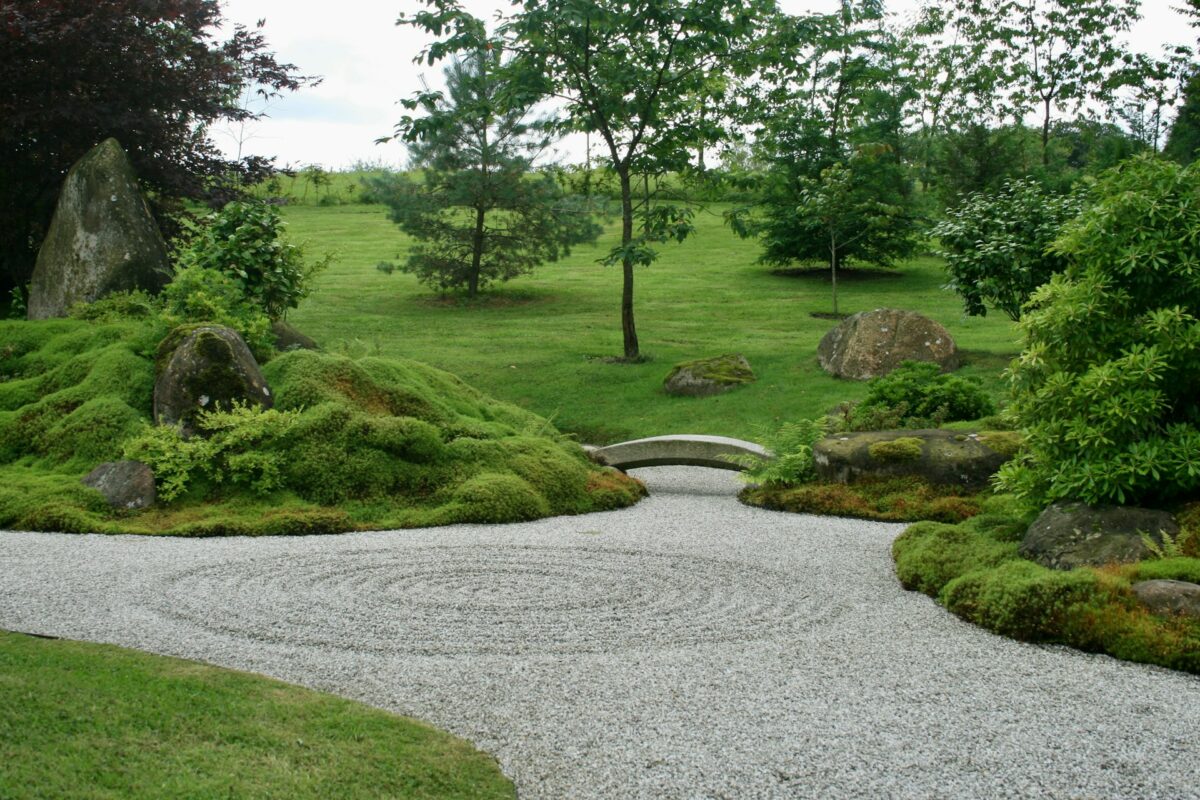Natural design landscaping offers a thoughtful approach to gardening that aligns with the natural environment. Instead of imposing on the land, this method works with it, creating an ecosystem that supports the local flora and fauna. This is especially meaningful in places like San Diego, where urban development can impact natural habitats for wildlife. By adopting a natural design, homeowners can help counteract these disruptions, offering refuge and resources for the regional critters right in their backyard.
In San Diego’s unique climate, natural design landscaping plays a crucial role in habitat restoration by integrating native plants and water-conserving elements. This approach not only nurtures the wildlife but also provides an aesthetically pleasing garden that requires less maintenance, making it a win-win for both the environment and the gardener. Let’s explore how traditional landscaping can present challenges for wildlife and the potential advantages a natural design approach brings.
The Impact of Traditional Landscaping on Wildlife
Traditional landscaping methods can inadvertently create unfavorable conditions for local wildlife. They often involve manicured lawns, exotic plant species, and heavy use of pesticides. Such practices can disrupt the natural balance and make it difficult for local animals to find food or shelter.
Common issues with conventional landscaping include:
– Loss of Native Plant Species: Traditional gardens frequently prioritize ornamental plants over natives. This reduces the availability of natural food sources for insects and animals.
– Excessive Use of Pesticides and Fertilizers: Chemicals used to maintain pristine lawns can poison delicate ecosystems, affecting insect populations and, by extension, the animals that feed on them.
– Structured, Neatly Pruned Environments: Clean and tidy gardens might look appealing but often lack the undergrowth and variety that make ideal habitats for creatures like birds and small mammals.
These factors not only reduce biodiversity but also make it challenging for wildlife to thrive. However, switching to a natural design landscaping approach can mitigate these concerns by creating environments that nurture and sustain local ecosystems.
Benefits of Natural Design Landscaping for Wildlife
Natural design landscaping can be a sanctuary for local wildlife. By choosing native plants, it supports the creatures that naturally thrive in the area. Unlike ornamental plants, native species offer the right kind of food and shelter for insects, birds, and small animals. This kind of landscaping helps to establish a balanced ecosystem right in your backyard.
Here are some key benefits:
– Promotes Biodiversity: A variety of plants means a greater diversity of wildlife. More insects attract more birds, creating a lively and self-sustaining environment.
– Reduces Chemical Use: By relying on native species, there’s less need for harsh pesticides and fertilizers, which are harmful to wildlife.
– Provides Natural Shelters: Native plants often have growth patterns that offer better hiding spots for small creatures, keeping them safe from predators.
Creating such a nurturing space boosts the local environment and offers you a vibrant and lively garden to enjoy.
Key Elements of Natural Design Landscaping
To make natural design landscaping work for you, start by focusing on a few core elements. These are practical steps you can take to make sure your garden is both beautiful and supportive of local wildlife.
1. Select Native Plants: Choose plants that naturally grow in San Diego. These plants are adapted to the local climate, requiring less water and maintenance. Examples include California poppies, manzanita, and sages.
2.Add Water Features: A small pond or birdbath can attract a wide variety of wildlife. Water is a crucial resource, and by providing it, you’re inviting new life into your garden.
3. Create Natural Shelters: Use logs, rocks, and brush heaps to offer shelter and nesting areas. These elements mimic natural environments and provide safe havens for animals.
These steps help transform your garden into a thriving ecosystem that’s in tune with the natural landscape.
Implementing Natural Design Landscaping in Your Yard
Taking the leap into natural design landscaping might seem overwhelming, but it doesn’t have to be. You can start small and gradually expand over time. Begin by learning about the plant species that are native to San Diego. They will form the backbone of your new garden.
Consider these steps to get started:
– Plan Your Layout: Map out areas where you can introduce natural elements. Think about sun and shade spots and pick plants accordingly.
– Consult Professionals: Seek advice from experts to ensure the sustainability of your landscape choices. They can guide you on the best ways to incorporate native plants and natural features.
– Start with One Area: Choose a small section of your yard to convert first. Once you see the results, it’ll be easier to expand your efforts.
By taking these actions, you’ll lay the groundwork for a garden that supports wildlife and promotes a healthy environment. As you make these changes, not only will your garden flourish, but you’ll also contribute positively to the local ecosystem.
Transform your outdoor space into a sanctuary for local wildlife with thoughtful design choices. With help from Garden Rhythms, you can integrate elements that attract and support a flourishing ecosystem. Start your journey with natural design landscaping by learning more about our approach and services.

